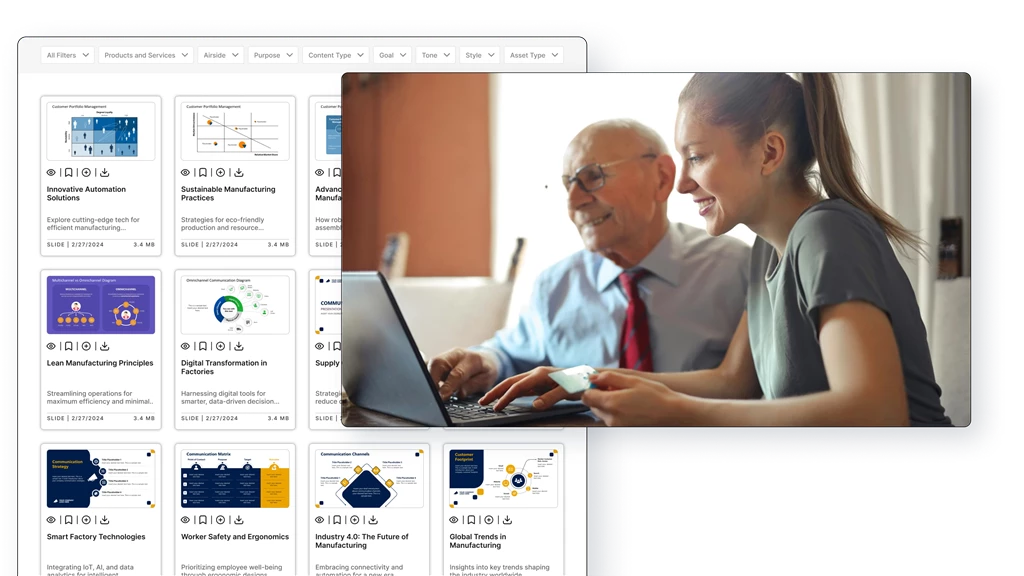Why Digital Is Perfect for Building Habits
Digital platforms have unique advantages that make them especially habit-friendly:
- Always On, Always Accessible
With smartphones, laptops, and wearables, digital tools are just a tap away. This 24/7 accessibility makes it easy for users to integrate these tools into their daily lives. - Personalization at Scale
Digital platforms can adapt to individual users, learning preferences and tailoring content or features. This personalization creates a sense of ownership, making users more likely to return. - Instant Gratification
From notifications to real-time feedback, digital experiences deliver immediate results, reinforcing behaviors quickly and effectively. - Automation and Convenience
Digital tools simplify tasks, whether it’s managing finances, tracking health, or staying organized. The easier something is, the more likely it becomes a habit.
The Psychology of Digital Habit Formation
Habits form through a loop that repeats over time, and digital experiences amplify this process:
- Cue: A trigger that prompts users to take action. In the digital world, this could be a notification, an email reminder, or simply seeing an app icon.
- Routine: The behavior itself—opening an app, logging in, or completing a task.
- Reward: The outcome that reinforces the behavior, such as gaining insights, completing a task, or earning a reward.
Digital tools excel at creating these loops because they can deliver cues and rewards in real-time, often better than traditional, offline systems.
How Digital Experiences Create Habits
Let’s break down the strategies businesses can use to design digital experiences that users return to again and again.
1. Consistency: Build Trust and Reliability
In the digital space, consistency is more than just showing up—it’s about ensuring that your platform is reliable, intuitive, and always delivers value. Users are more likely to build habits around tools they trust.
How to Implement Consistency
- Routine Checkpoints: Provide features users can rely on at regular intervals, like daily summaries or weekly reports.
- Predictable Interfaces: Familiar layouts and functionality make navigation easy and reduce friction.
- Timely Cues: Use notifications or reminders to encourage consistent use at times that align with users’ schedules.
Example:
Google Drive ensures consistency by making documents accessible anywhere, anytime, across devices. With autosave and intuitive design, users quickly build habits around storing, sharing, and editing files seamlessly.
2. Rewards: Reinforce Engagement
Digital experiences offer endless opportunities for rewards, from visual feedback to actionable insights. Rewards motivate users to keep coming back, creating a positive loop.
Types of Digital Rewards
- Quick Wins: Simple, immediate results, like completing a task or achieving a goal, keep users engaged.
- Progress Tracking: Digital tools can show users how far they’ve come, encouraging them to stick with it.
- Actionable Insights: Provide real value through data or recommendations that help users make better decisions.
Example:
Fitbit rewards users with progress charts, milestone celebrations, and detailed analytics on activity. The satisfaction of seeing real results motivates users to maintain their habits around health and fitness.
3. Seamless Usability: Remove Friction
Habits thrive when actions are effortless. Digital platforms have the advantage of being designed for ease, streamlining processes that might feel cumbersome offline.
How to Design for Usability
- Fast Onboarding: Make it easy for users to get started with guided tutorials or simple interfaces.
- Cross-Platform Access: Allow users to switch between devices without losing progress.
- Speed and Simplicity: Eliminate unnecessary steps and optimize for fast, intuitive interactions.
Example:
Dropbox simplifies file storage and sharing, with drag-and-drop functionality and instant syncing across devices. Its straightforward interface makes it easy for users to adopt it as a daily tool.
4. Personalization: Make It Their Own
One of the greatest strengths of digital experiences is the ability to personalize content and features, creating a deeper connection with users.
How to Implement Personalization
- Learn Preferences: Use data to tailor experiences, such as recommending content or automating tasks.
- Customizable Dashboards: Give users control over how they view and organize information.
- Behavior-Driven Notifications: Send alerts based on user activity, reinforcing relevant habits.
Example:
Notion empowers users to create custom workspaces for their unique needs, from project tracking to personal journaling. This flexibility makes it an indispensable part of many users’ workflows.
5. Social and Collaborative Features
Digital platforms make it easy for users to connect and collaborate, turning individual habits into shared experiences.
How to Leverage Social Engagement
- Leaderboards: Encourage friendly competition by showing progress relative to others.
- Shared Workspaces: Allow teams to collaborate seamlessly, reinforcing consistent usage.
- Community Features: Foster a sense of belonging with forums or chat functions.
Example:
Microsoft Teams combines chat, video calls, and shared file storage into one platform, creating habits for teams to stay connected and productive.
Why Digital Wins at Habit Formation
Digital platforms succeed at building habits because they align perfectly with modern life. They’re always accessible, easy to use, and capable of delivering instant feedback. Unlike offline experiences, digital tools can adapt in real-time, learning from users and optimizing their journey.
Whether it’s organizing tasks, managing finances, or staying healthy, the best digital experiences make life easier—and habits form naturally when the process feels effortless.



